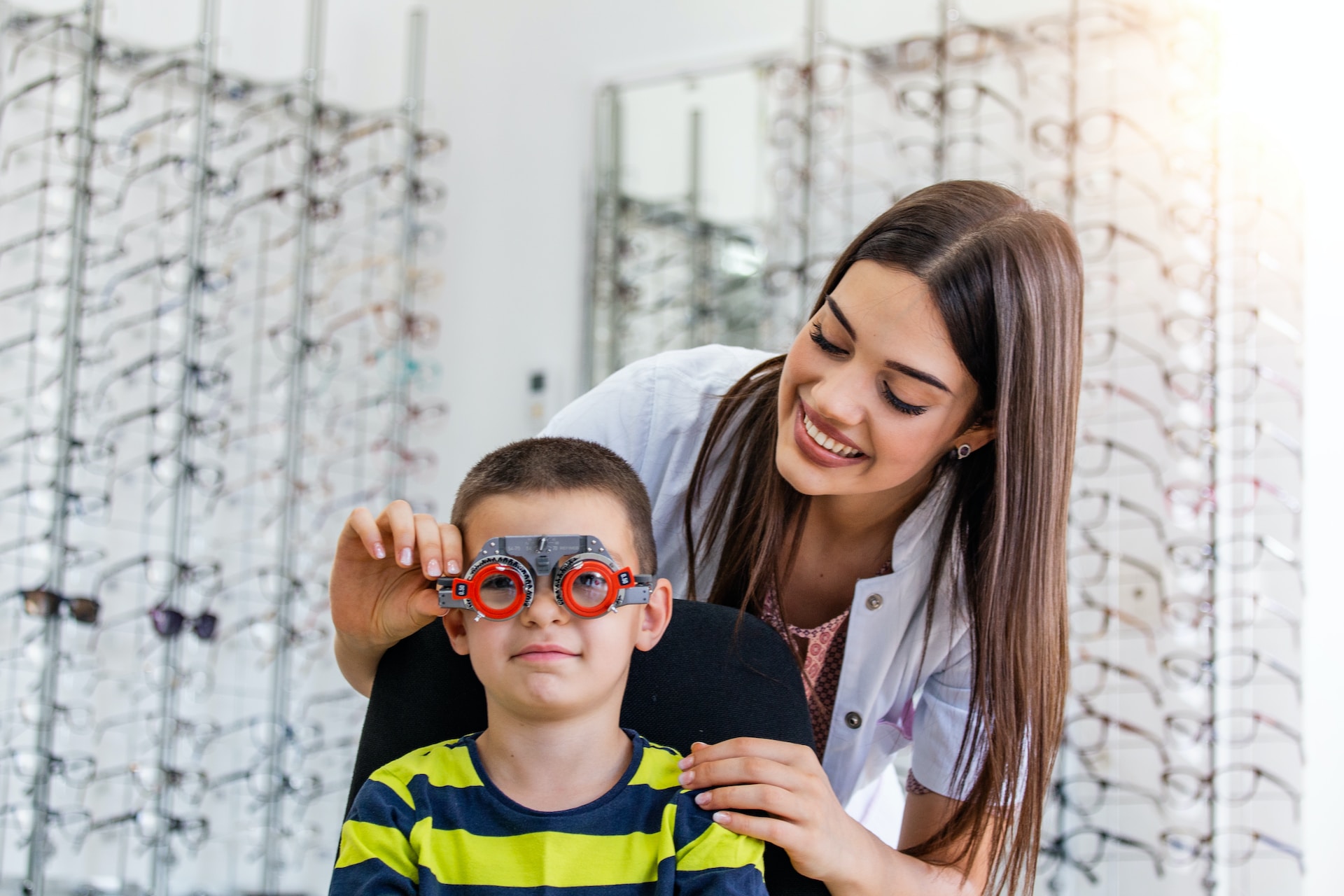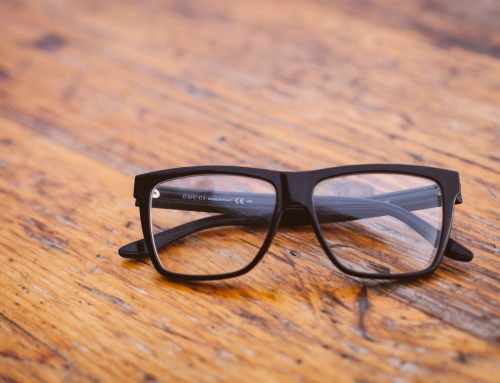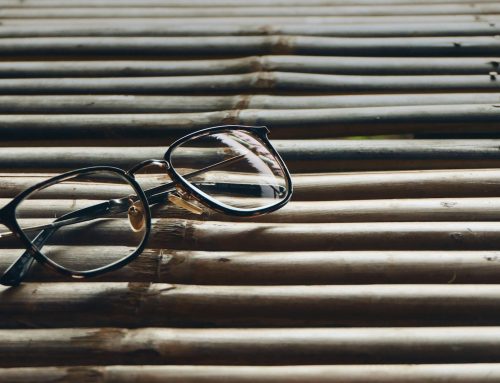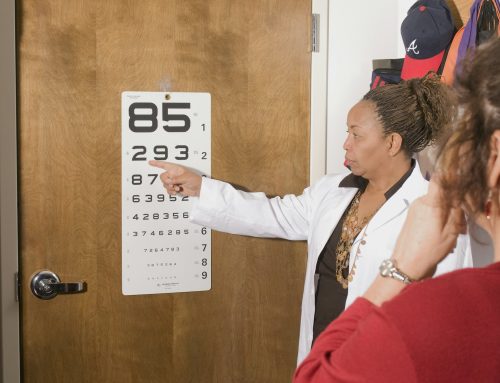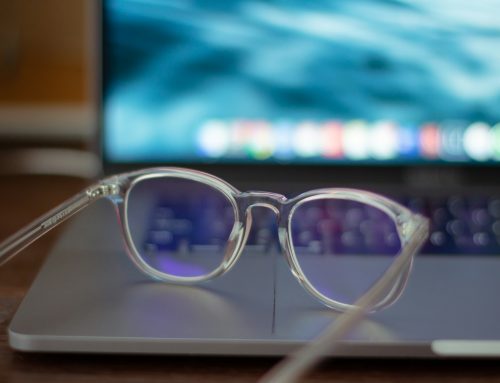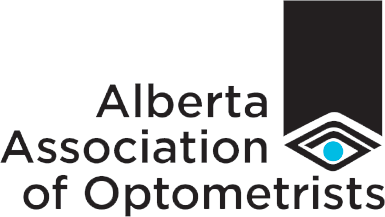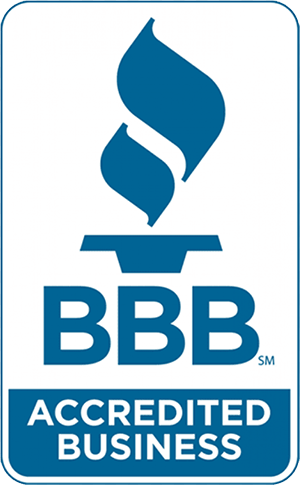As parents, we want our children to be healthy and happy, and their eyesight plays a vital role in their well-being. Regular eye exams are crucial for maintaining healthy vision, and they are especially important for children.
Children’s eyes are constantly developing, and vision problems can lead to significant developmental and academic issues. In this article, we will discuss the importance of a kid’s eye exam and what to expect during the examination process.
Why Is a Kid’s Eye Exam Important?
An eye exam can help detect any vision problems early on before they become more severe and harder to treat. Children rely on their vision to learn and explore the world around them. Vision problems can lead to poor academic performance, behavioural problems, and even developmental delays.
A comprehensive eye exam can diagnose and treat any vision problems, ensuring that your child’s eyesight is healthy and functioning correctly.
When Should You Schedule a Kid’s Eye Exam?
The American Optometric Association recommends that children should have their first eye exam at six months of age. Children should have another eye exam at three years of age and again before starting school. After that, children should have their eyes checked every two years or more frequently if the eye doctor recommends it.
What to Expect during a Kid’s Eye Exam?
A kid’s eye exam will vary depending on the age of the child and their ability to cooperate. Here are some of the standard tests that may be conducted during a kid’s eye exam:
1. Visual Acuity Test
This test measures how well a child can see objects at different distances. The child will be asked to read a chart with letters or pictures of different sizes.
2. Cover Test
This test is used to determine if the eyes are working together correctly. The eye doctor will cover one eye and then the other while the child focuses on an object.
3. Eye Movement Test
This test checks the movement of the eyes. The child will be asked to follow an object with their eyes or look at different objects while the eye doctor observes their eye movements.
4. Retinoscopy
This test measures the refractive error of the eye. The eye doctor will use light to shine into the eye and observe how it reflects from the retina.
5. Dilation
Dilation involves using eye drops to widen the pupil, allowing the eye doctor to examine the inside of the eye more closely.
6. Color Vision Test
This test checks for any colour blindness or colour vision deficiencies. The child will be asked to identify and name different colours or patterns.
7. Binocular Vision Test
This test checks how well the eyes work together. The child will be asked to focus on objects at different distances while the eye doctor observes the movement and alignment of the eyes.
Conclusion
A kid’s eye exam is a crucial step in ensuring that your child’s eyesight is healthy and that any vision problems are detected and treated early on. The exam may include several standard tests, such as visual acuity, cover test, eye movement, retinoscopy, dilation, colour vision, and binocular vision tests.
Regular eye exams can prevent potential long-term issues, including poor academic performance, behavioural problems, and developmental delays. As parents, we are responsible for scheduling regular eye exams for our children and following up with any recommended treatments or further exams.
Remember, a comprehensive eye exam is painless, and it can be a fun experience for your child.
If you haven’t scheduled your child’s eye exam yet, don’t wait until it’s too late. Contact Optiko today to schedule an appointment and ensure your child’s vision is healthy. We serve eye exams in Calgary and are committed to providing the best possible care for your child’s eyes!

